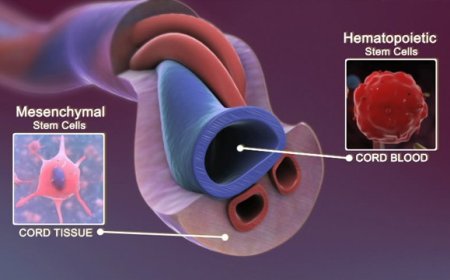Kneecap disorder

Introduction:
Hey there, young readers! Today, we're going to talk about something that might sound a bit complex but is essential to know about - Kneecap Disorders. In India, just like anywhere else in the world, many people face issues with their knees. So, let's dive into this topic and learn all about it in simple language!
What is Kneecap Disorder?
The kneecap, also called the patella, is a small, flat bone that covers and protects the knee joint. Kneecap disorder, also known as patellofemoral syndrome, is a condition where the kneecap doesn't work smoothly in the knee joint. This can cause pain and difficulty in moving the knee.
Signs and Symptoms:
If you have a kneecap disorder, you might experience some of these signs and symptoms:
- Pain in the front of the knee, especially when going up or down stairs or after sitting for a long time.
- A feeling of popping or grinding in the knee when moving it.
- Swelling around the knee joint.
- The knee feeling weak or giving out.
How is Kneecap Disorder Classified?
Kneecap disorders are classified based on the specific problems in the knee joint. Some common classifications are:
- Chondromalacia Patellae: The cartilage under the kneecap softens and breaks down, causing pain.
- Patellar Tendinitis: The tendons that connect the kneecap to the shinbone become inflamed and painful.
- Patellar Dislocation: The kneecap slips out of its normal position, causing sudden pain and instability.
Causes and Triggers:
There are various reasons why someone might develop a kneecap disorder:
- Overuse or repetitive movements that strain the knee joint, like jumping or running.
- Weak thigh muscles that can't support the knee properly.
- Injury or trauma to the knee from accidents or sports.
Risk Factors with Examples:
Certain factors can increase the risk of developing kneecap disorders:
- Age: Young people who are still growing may be more prone to kneecap problems due to the bones changing.
- Sports: Activities like football, basketball, or dance that involve a lot of knee movements can put stress on the kneecap.
- Obesity: Being overweight can strain the knees and lead to kneecap issues.
Types of Kneecap Disorder with Detailing:
Let's take a closer look at the common types of kneecap disorders:
- Chondromalacia Patellae: This type involves the softening of the cartilage under the kneecap, which can happen due to overuse or injury.
- Patellar Tendinitis: Here, the tendons connecting the kneecap become inflamed, often due to repetitive jumping or kicking in sports like volleyball or badminton.
- Patellar Dislocation: This occurs when the kneecap slips out of place, often during sudden twisting movements or an injury.
Diagnostic Tests and Treatments:
To diagnose kneecap disorders, doctors may use the following tests:
- Physical Examination: The doctor will check your knee and ask about your symptoms and activities.
- X-rays: This imaging test helps see the bones and check for any damage or misalignment.
- MRI (Magnetic Resonance Imaging): It gives more detailed pictures of the knee's soft tissues and cartilage.
Complications and Prevention Techniques:
If not treated on time, kneecap disorders can lead to chronic pain and difficulties in daily activities. To prevent these issues, follow these tips:
- Warm-up before exercising or playing sports to avoid sudden strain on the knees.
- Strengthen your thigh muscles with exercises like squats and lunges.
- Use proper knee protection, like kneepads, during activities that put stress on the knees.
Kneecap disorders can be a challenge, but with early diagnosis and proper care, they can be managed well. Remember to listen to your body and take care of your knees to stay active and healthy!
What's Your Reaction?
 Like
0
Like
0
 Dislike
0
Dislike
0
 Love
0
Love
0
 Funny
0
Funny
0
 Angry
0
Angry
0
 Sad
0
Sad
0
 Wow
0
Wow
0








































































